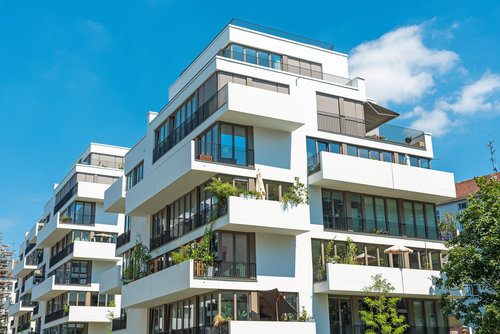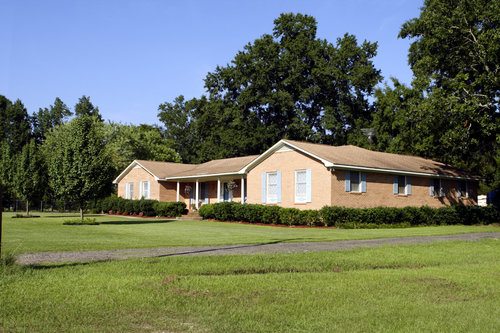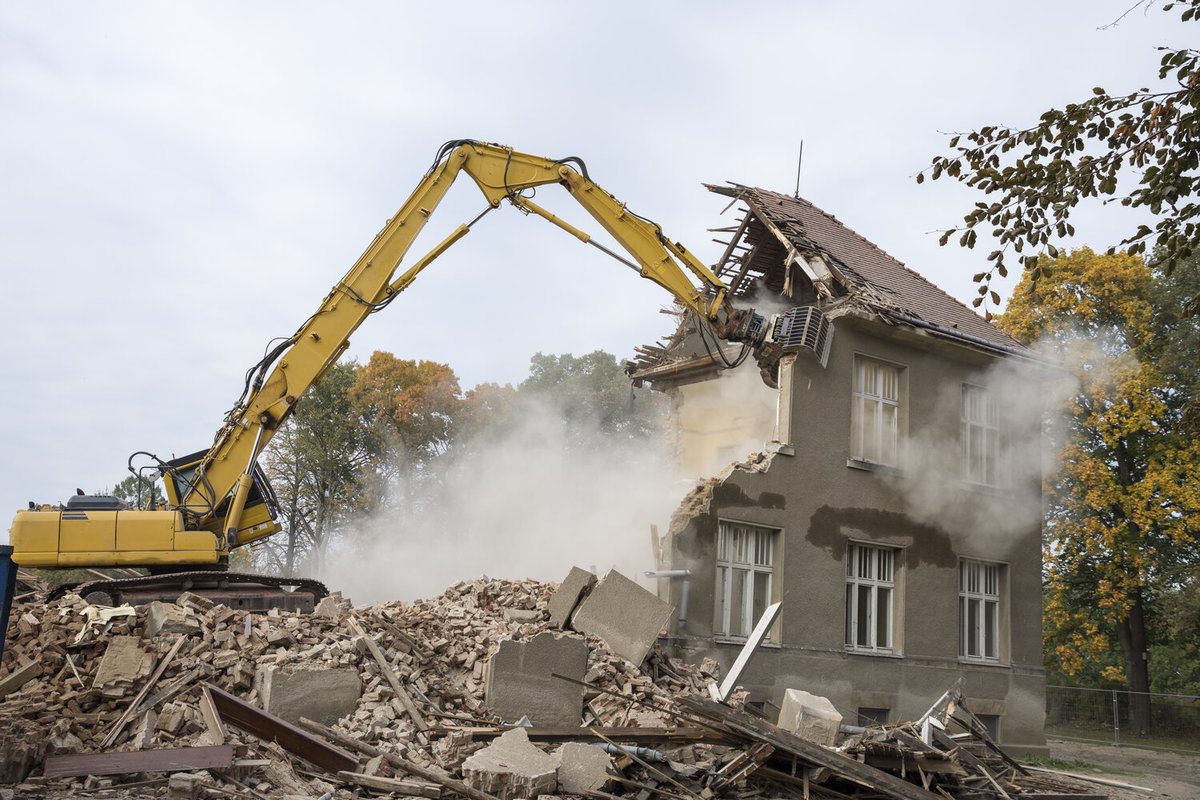Construction Services
Whether you're adding a new room to your home or building something from the ground up, you'll need construction services. Construction projects come in all shapes and sizes, from a new addition on a home to a new commercial building, and costs can range significantly depending on the methods, materials, and professionals involved.
Most popular Construction Services projects
Not sure what your project will cost? We can help!
All Construction Services projects
Construction
Build a Barn
Build a Cabin
Build a Condominium
Build a Duplex
Build a Farm
Build a Hotel
Build a House in California
Build a House in Florida
Build a House in Georgia
Build a House in Indiana
Build a House in Maryland
Build a House in Massachusetts
Build a House in Michigan
Build a House in New Jersey
Build a House in North Carolina
Build a House in Texas
Build a Modular Home
Build a Parking Garage
Build a Pole Barn
Build a Ranch House
Build a Shopping Mall
Build a Tiny House
Build a Townhouse
Build a Villa
Build Apartment
Build Bungalow
Build Cottage
Build Hospital
Build Loft
Build Single-Family House
Build Treehouse



